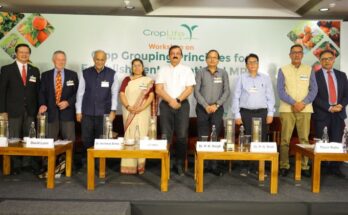Corteva Agriscience, a global agriculture company has undertaken several initiatives to enable corn crop mechanisation and empower farmers which, in the first year of implementation, helped improve yield with less water consumption, reduced cost of cultivation and, critically, increased farmers’ incomes.
Dr. Aruna Rachakonda, Marketing Director, Corteva Agriscience™, South Asia, said, “To unlock the full potential of Indian agriculture, farmers need to be fast-tracked towards adopting technology and sustainable practices. Recognising this, we have been working to empower smallholder farmers across five large Indian regions by enabling them to mechanise their corn crop production and providing training on new agricultural methods that increase plant population, crop productivity and profitability for farmers.”
Over the past year, in the regions of Madhya Pradesh, Maharashtra, Telangana, Karnataka, and Rajasthan, Corteva has distributed corn seed planters to select farmers at subsidised prices and given them access to high-yield potential, low-cost maize hybrids suitable for the agro-climate. This provides greater control over maize seed production than the traditional regional practice of using high-yield, high-cost hybrids for limited areas and low cost seeds for the remainder, which reduced productivity. The company also trained these farmers on agronomic practices and usage of seed planters, held demonstrations of seed and fertiliser machines to enable best practices, introduced accurate drying practices and established cold storage units as well as sorting, grading and packing units.
In addition to farm mechanisation, Corteva’s work has also focused on empowering 12,000 tribal women corn farmers. This included training on agricultural methods, providing smart crop production technology and establishing an ecosystem of ‘farmer producer companies’ (FPC) to create market linkages and an end-to-end value chain.
As a result of these efforts, the farmers in these five regions were able to optimally use the brief window available for Kharif maize sowing with lower environmental impact than in the past and a much-needed increase in income.




